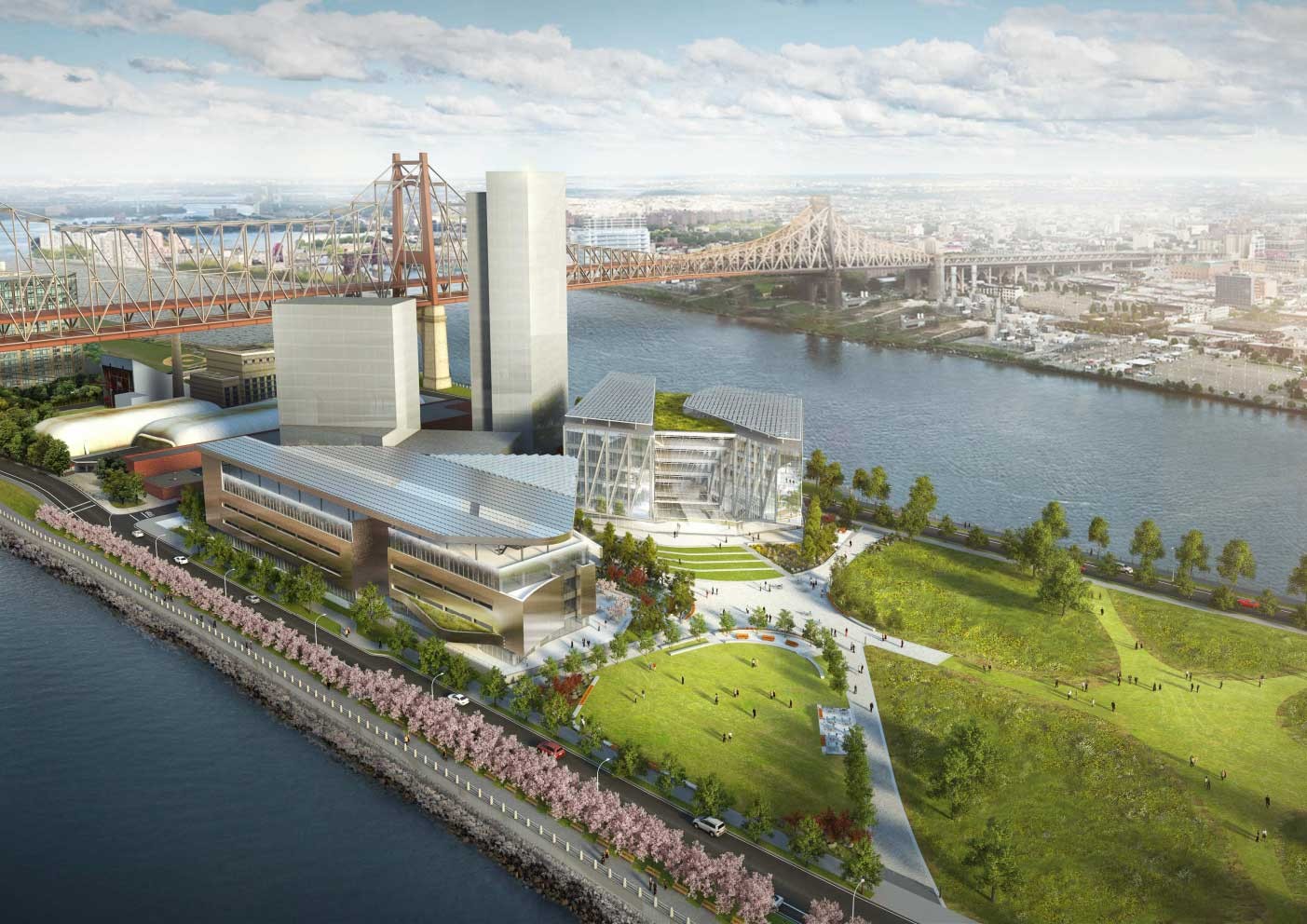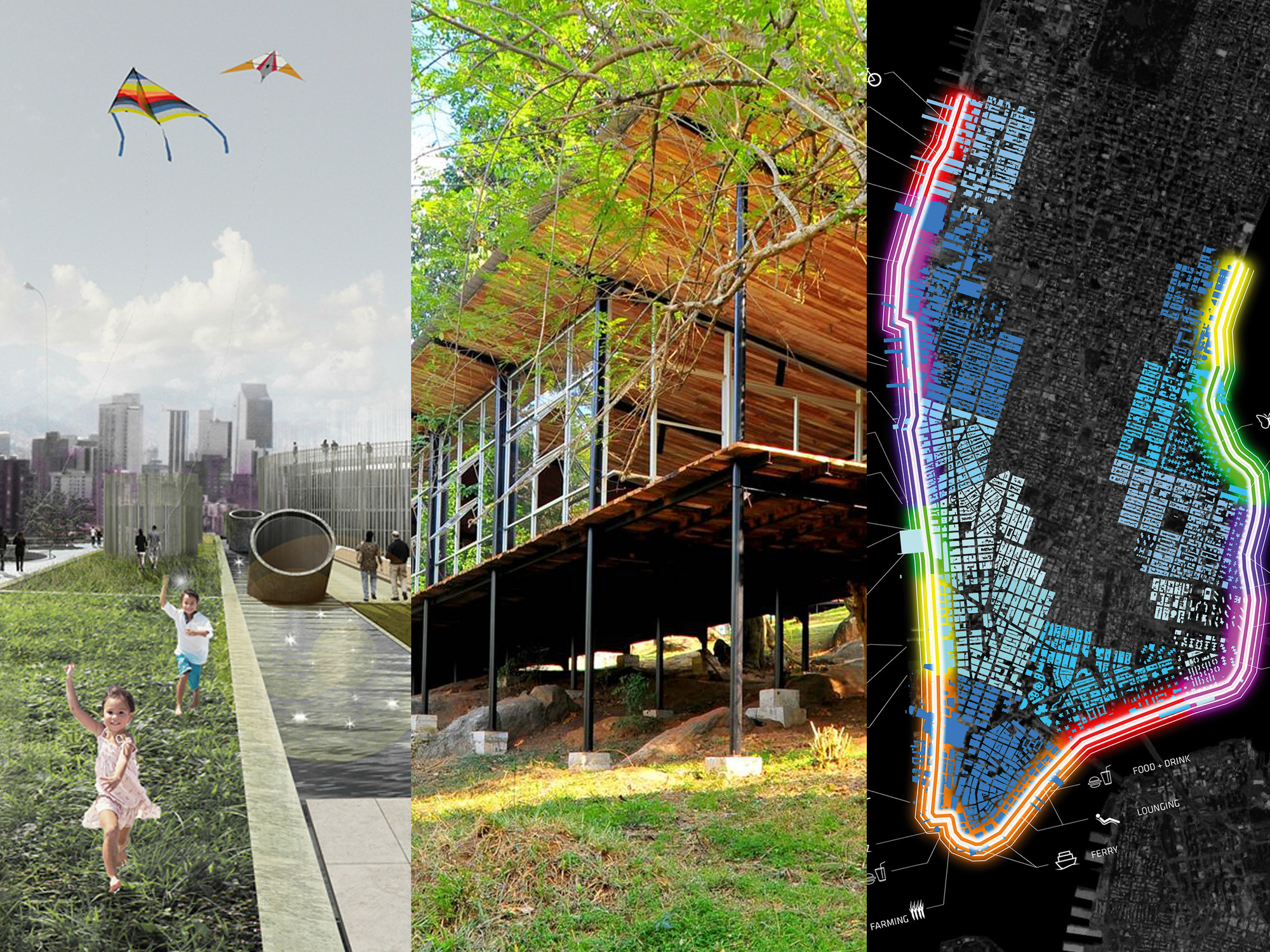“If you look at just carbon emissions, what we do for a living—building buildings, running buildings, all that— is 50 percent of all the carbon emissions in the United States. […] Well that’s both sort of dreadful and wonderful at the same time. […] The opportunity is, because it’s so concentrated, a relatively smaller group of people can do something about it. ”
As a part of its Archiculture series, Arbuckle Industries has interviewed HOK president Bill Hellmuth on his experiences in architecture school and working in a large practice. In the interview, Hellmuth discusses his path in architecture school, how large firms allow for the creation of teams, and issues involving sustainability and livable cities.


















_COOKFOX_Architects.jpg?1434039459)
























